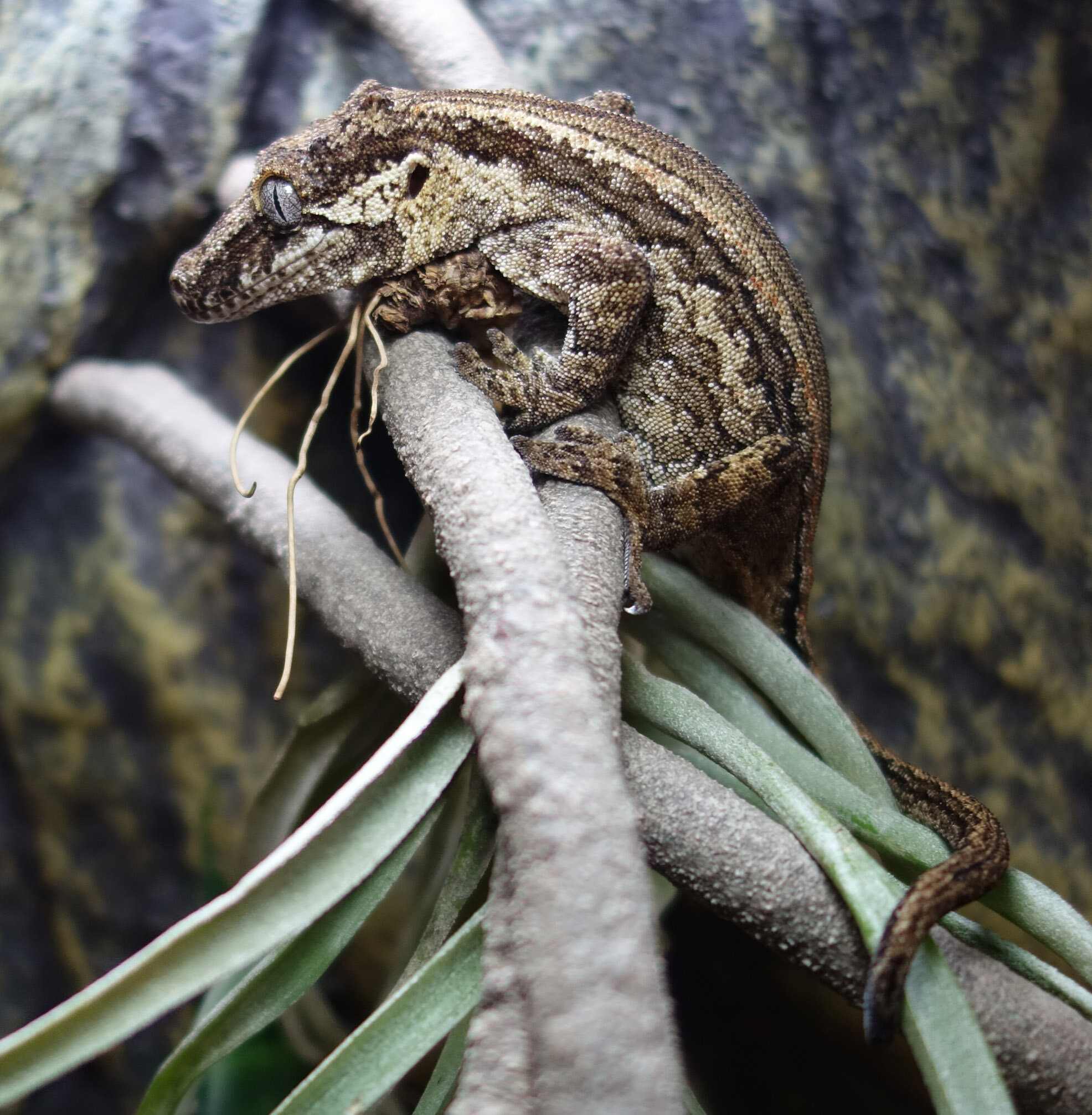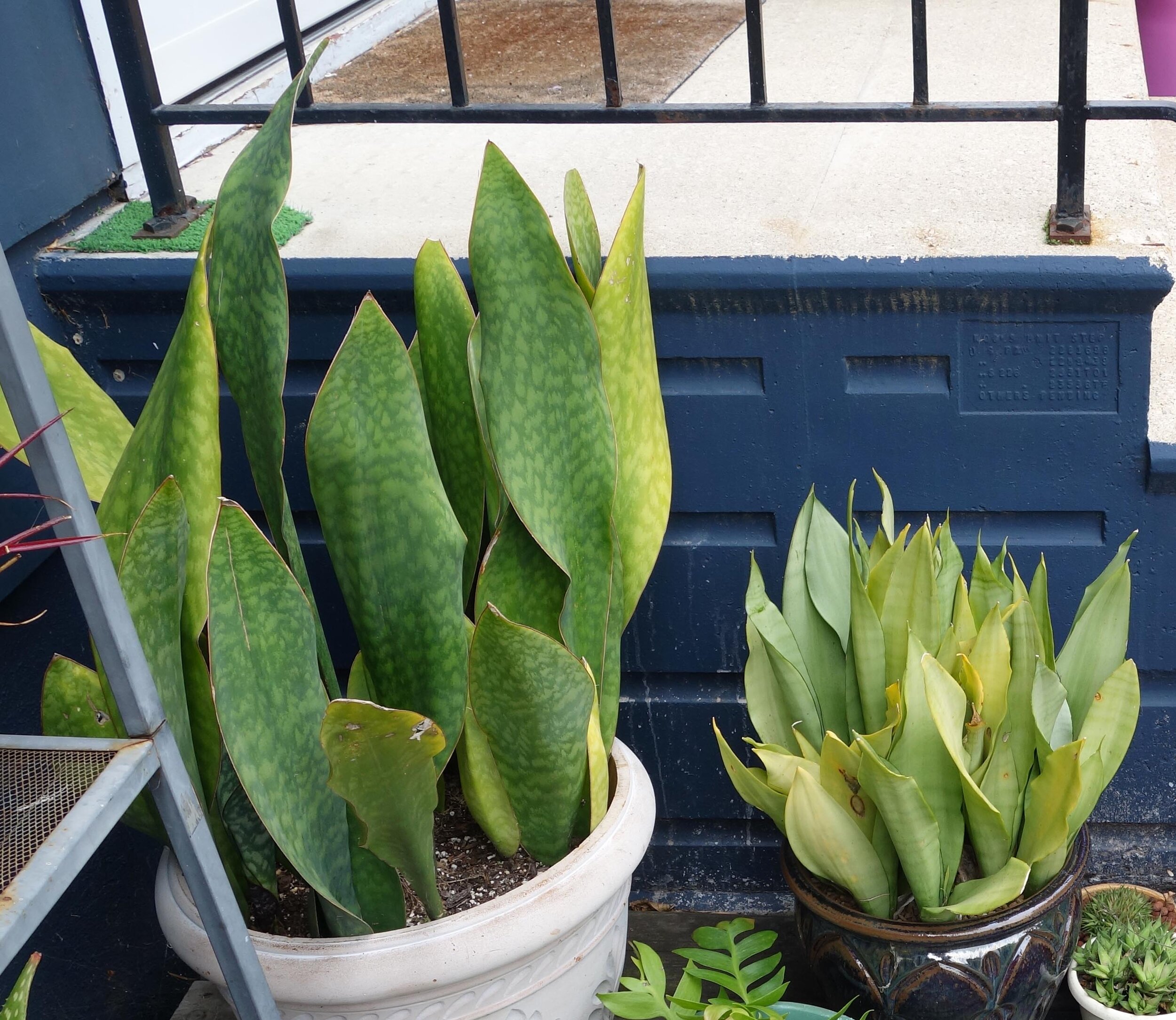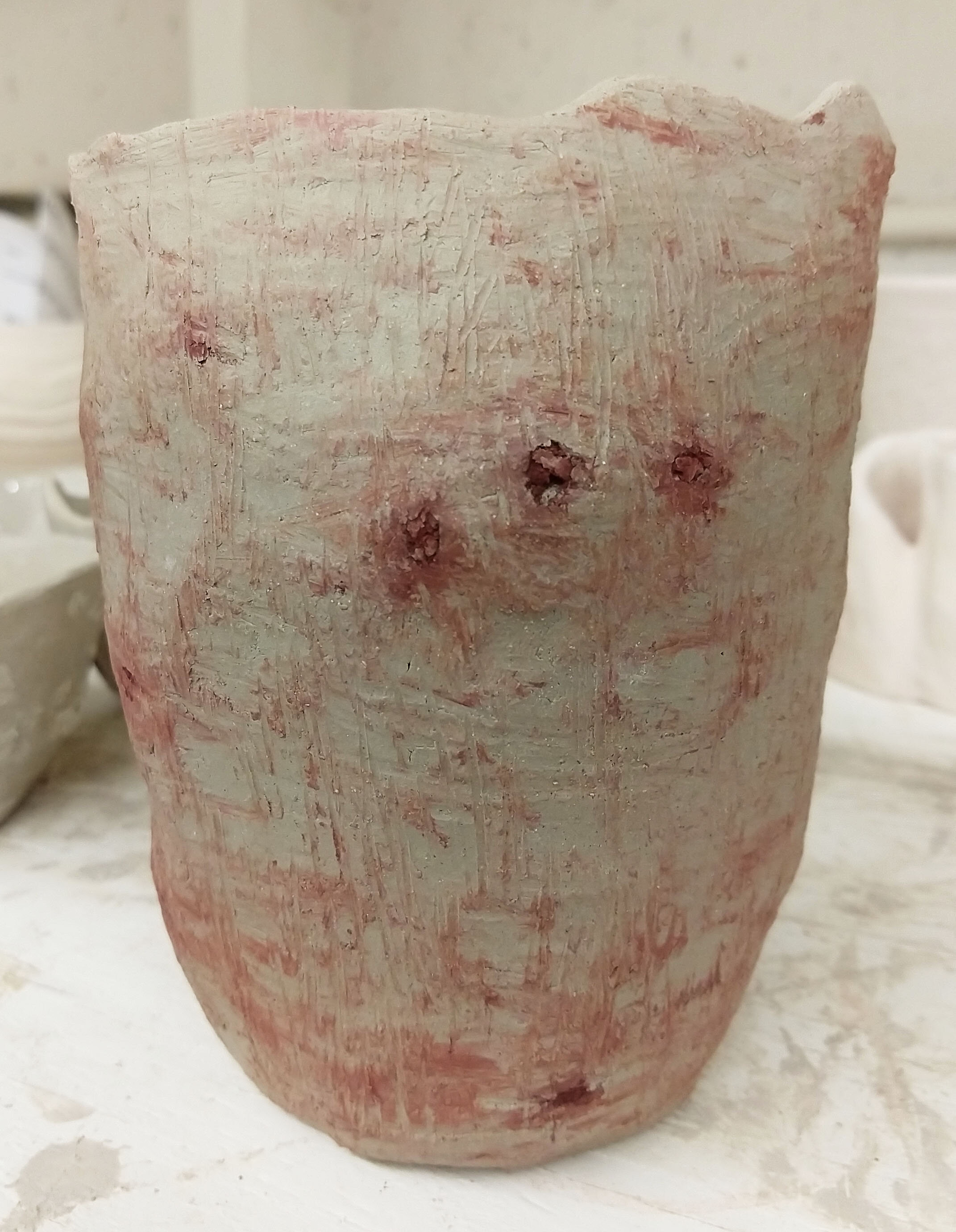This summer has been so crazy that I haven’t been as on top of sharing my press coverage, but here’s a still fairly recent article from the LSU Reveille which gives my collaboration with Dr. John Pojman on 3P Quick Cure Clay a mention, “LSU professor creates QuickCure Clay, combining science, art, aiding wide range of artists.”
Upcoming Exhibition: The Vacant Museum's Heat & Relief
My relief Outreach will be on exhibit in The Vacant Museum’s two-part online exhibition Heat & Relief which will open on August 28, 2020. I’ll get a link out once it goes live!
Current Exhibition: The Art Museum of South Texas's Creative Distancing
I’m exhibiting my newest painting, Emerging, in the Art Museum of South Texas Chapman Gallery’s exhibition Creative Distancing: An Exhibition of Community Creativity. The show is being held online and awards will be selected by jurors and voted upon by the public at the close of the exhibition, so keep your fingers crossed for me! (I’m a little unclear as to how the voting will happen, but if I am notified I’ll share the news so that if you’d like to vote for my painting, you can.)
Publication in the 2020 Kiosk
I entered artwork into the jury pool for the 2020 issue of the Kiosk, which is published at my own institution of Morningside College in Sioux City, IA. Two of my pieces, Balancing Act and Camelflage, were selected and the magazine’s print edition will be distributed in a few weeks! If you’d like to see the digital version, you can browse it here. The 2020 issue is Volume 82, which is a testament to the longstanding tenure of this publication - the first issue was released in 1938.
Summer Plant Highlights
This is the first summer in at least six years that I have been present to witness and tend to my plants throughout. (Usually I do at least one artist residency, which typically takes me away for anywhere from five weeks to two-and-a-half months, but the pandemic put a pause on that practice.) I’ve been using the opportunity to try my hand at growing a tomato plant as well as attempting to hand-pollinate compatible flowers from my collection. Here are some photos from the past couple months!
Here we have, in slideshow order: A blooming Hoya kerrii, a Dyckia spp. flower spike, two flower buds almost about to open on an Echinopsis subdenudata 'Domino,' my Haworthia parksiana growing several flower stalks, several different images of my blooming Ledebouria spp., my Mammillaria karwinskiana ssp. nejapensis flower crowns, an Ibervillea lindheimeri flower, Rhipsalis mesembryanthemoides with a couple flowers, a blooming Uncarina roeoesliana, an Episcia spp. in flower, a Phalaenopsis flower spike that lasted for about six months (!), a Sinningia spp. flowering in a cloche for greater humidity, my tomato plant with a few green tomatoes in progress, a lush top-view of my Pelargonium dasyphyllum, an evening look at a reflective Haworthia spp., and an errant Phalaenopsis orchid root that grew through a neighboring plant’s felt coaster which I removed post-photo.
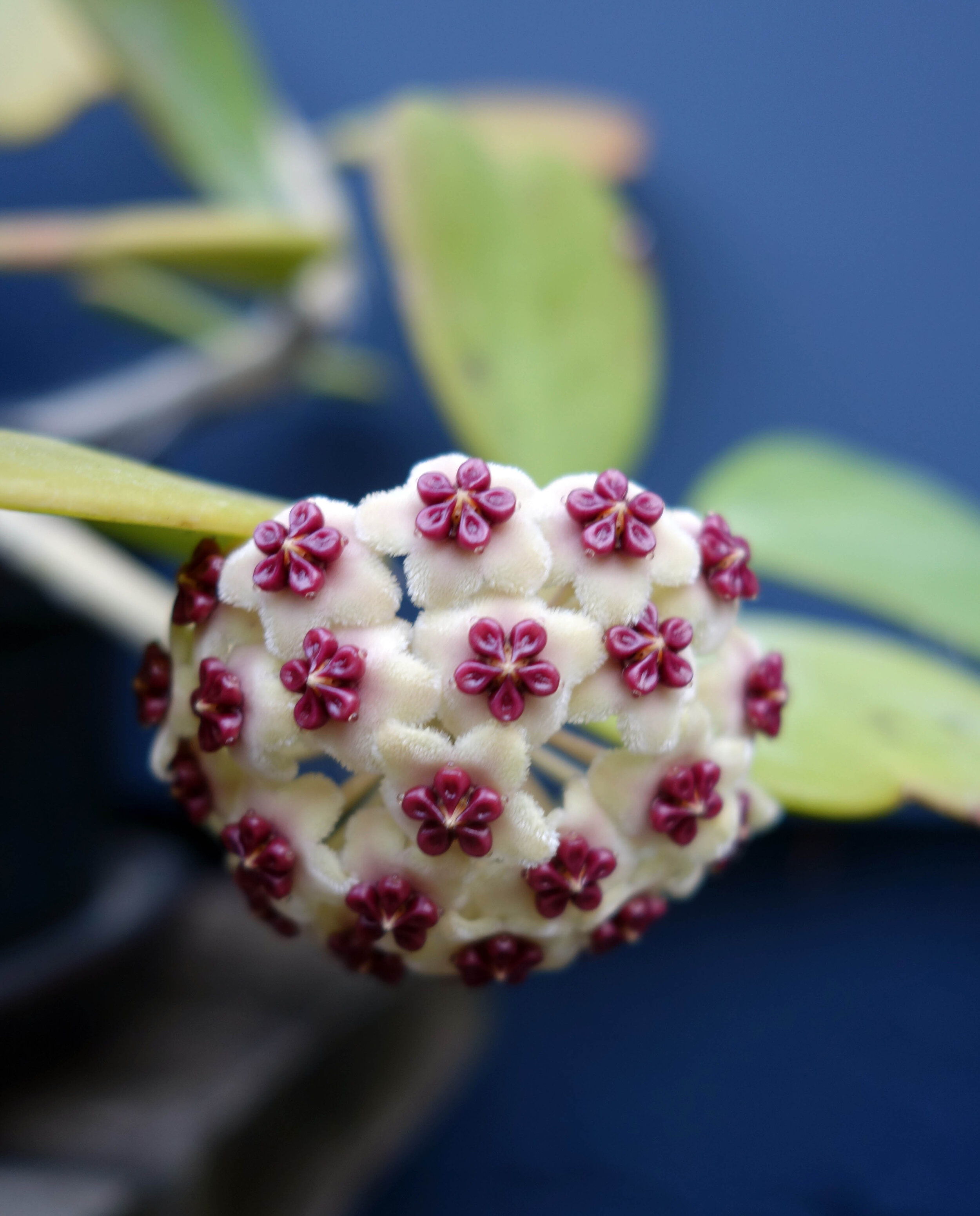
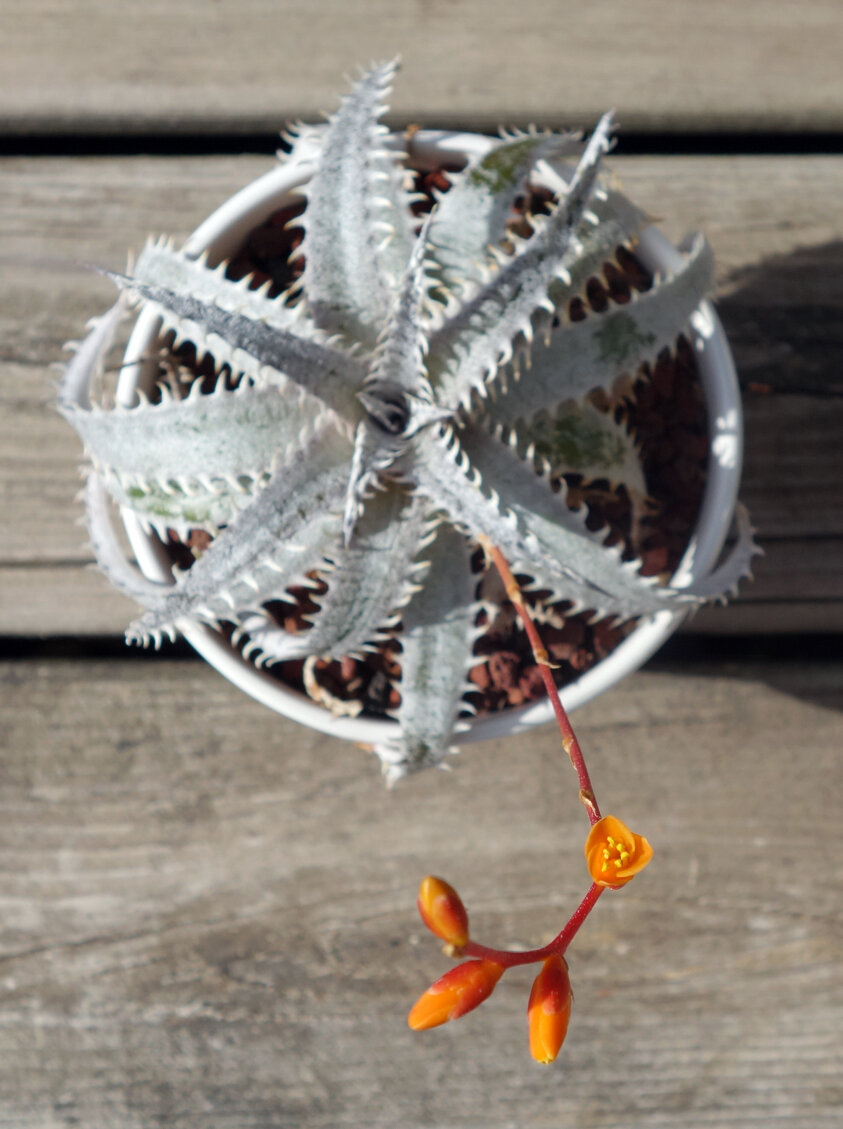

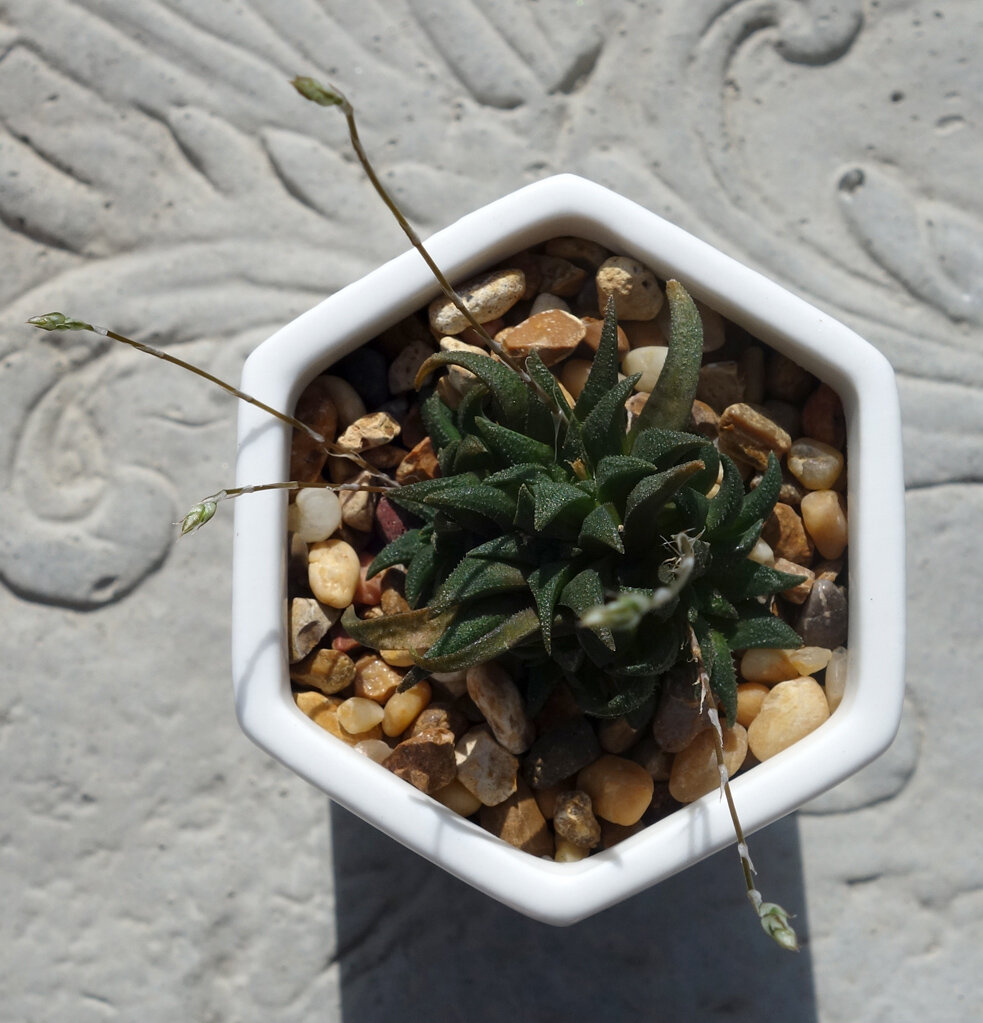
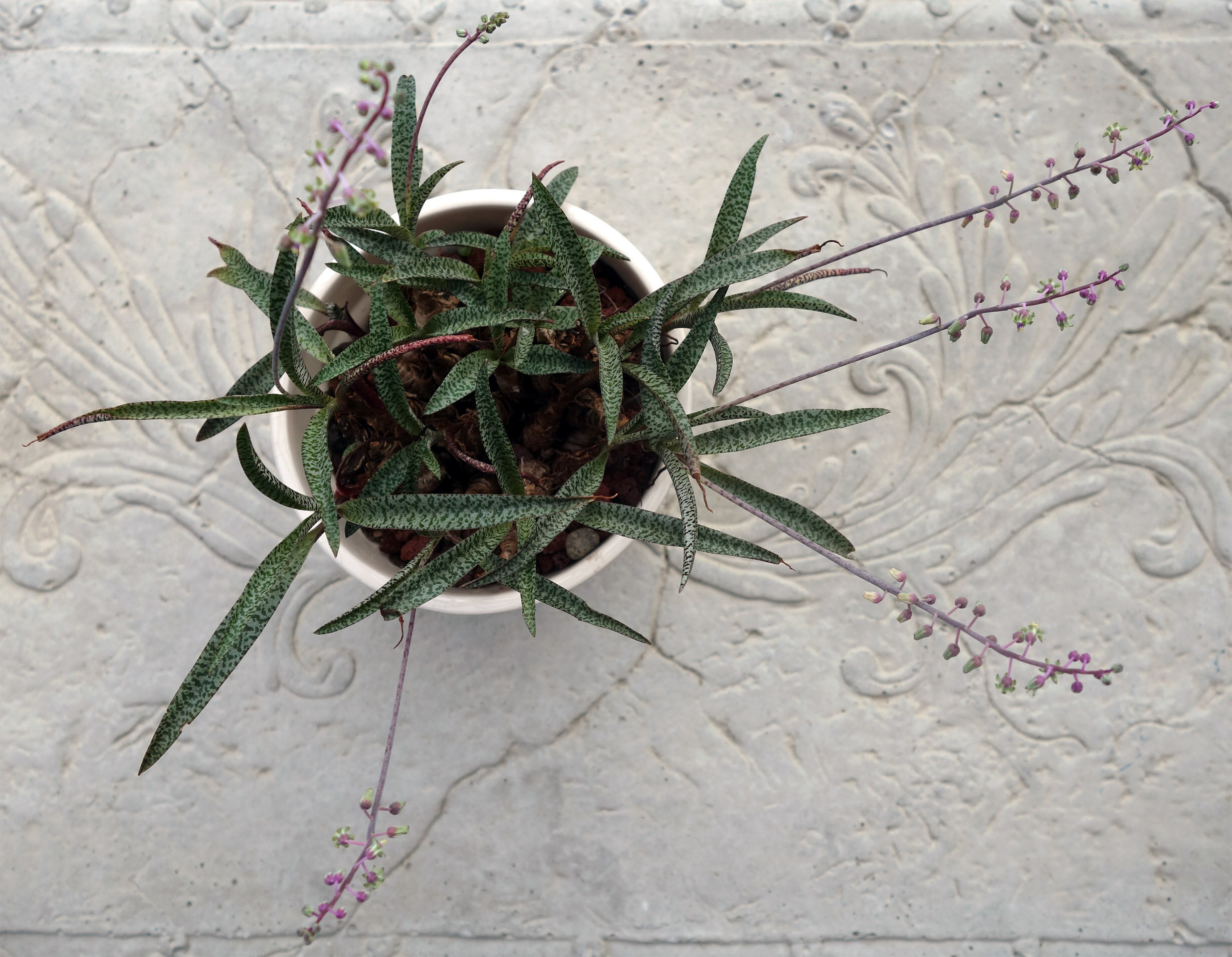
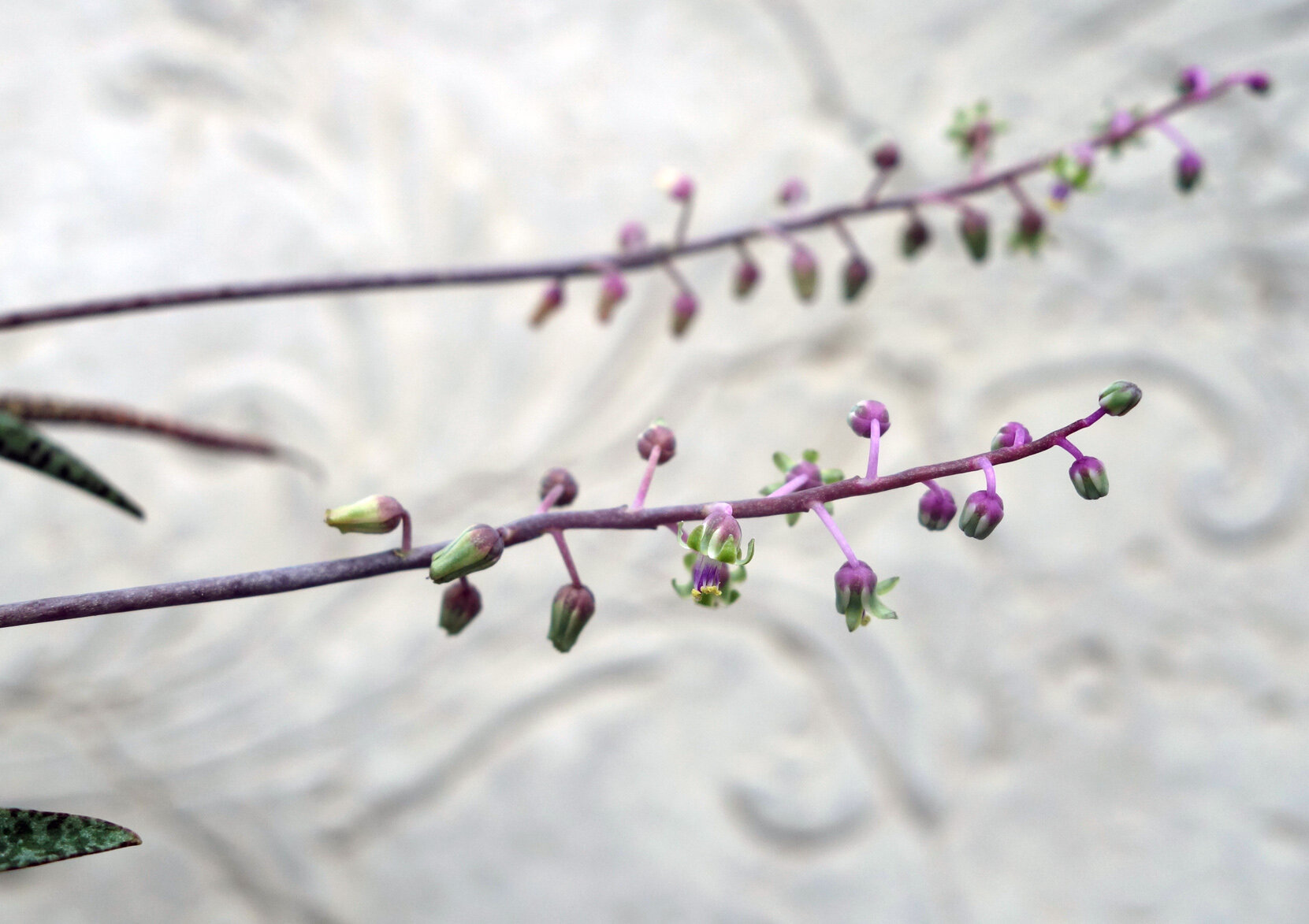
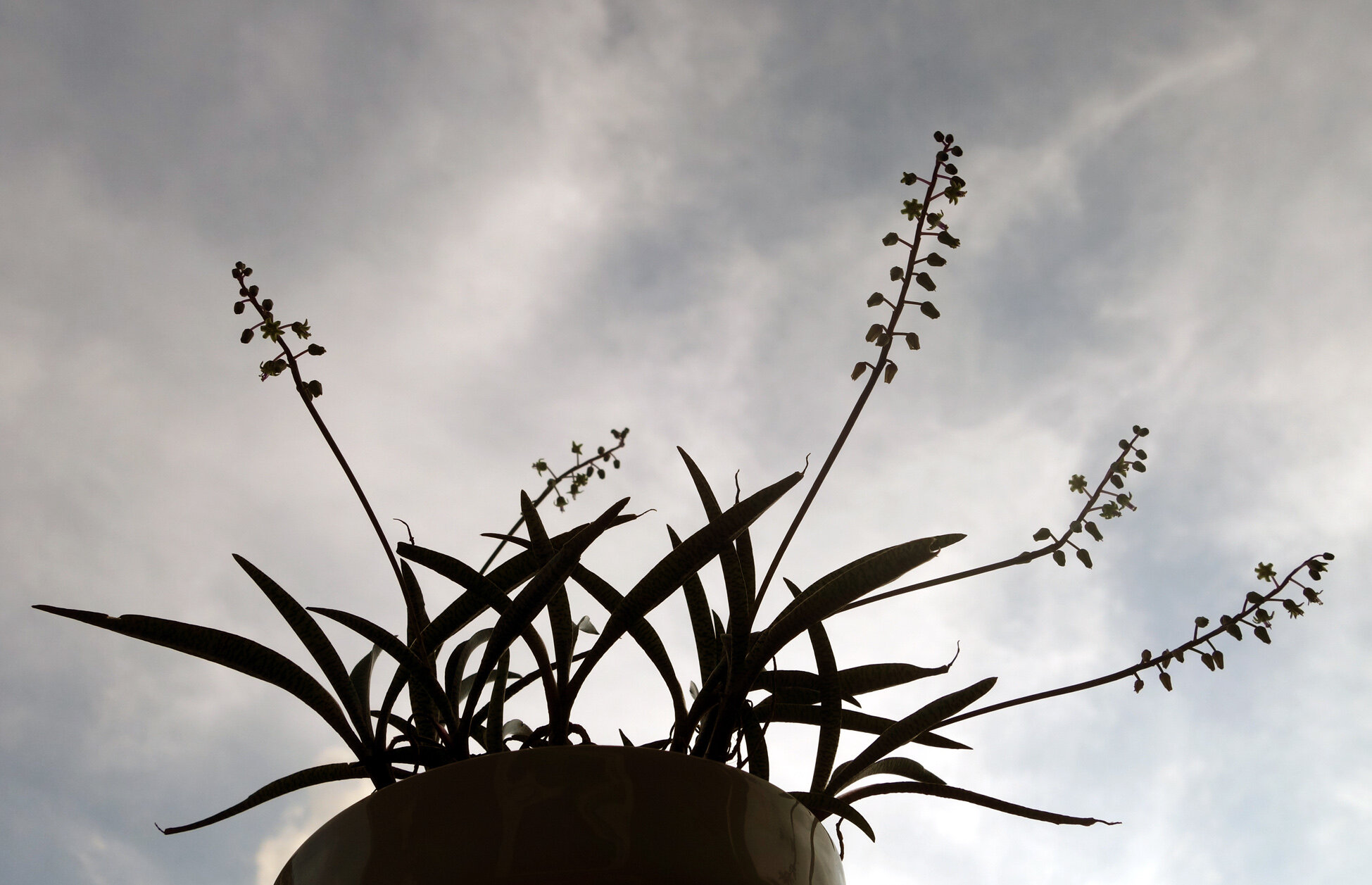

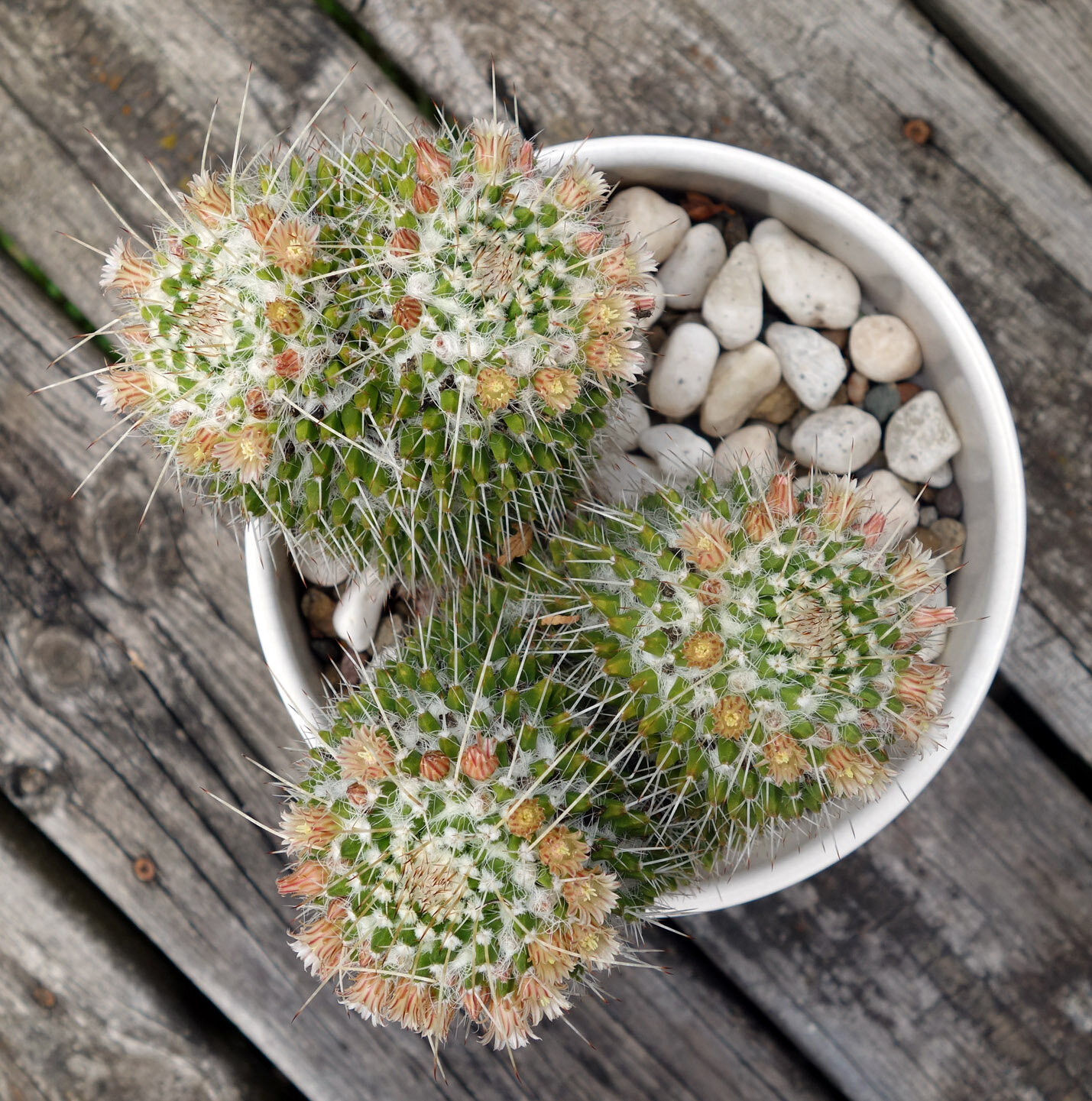
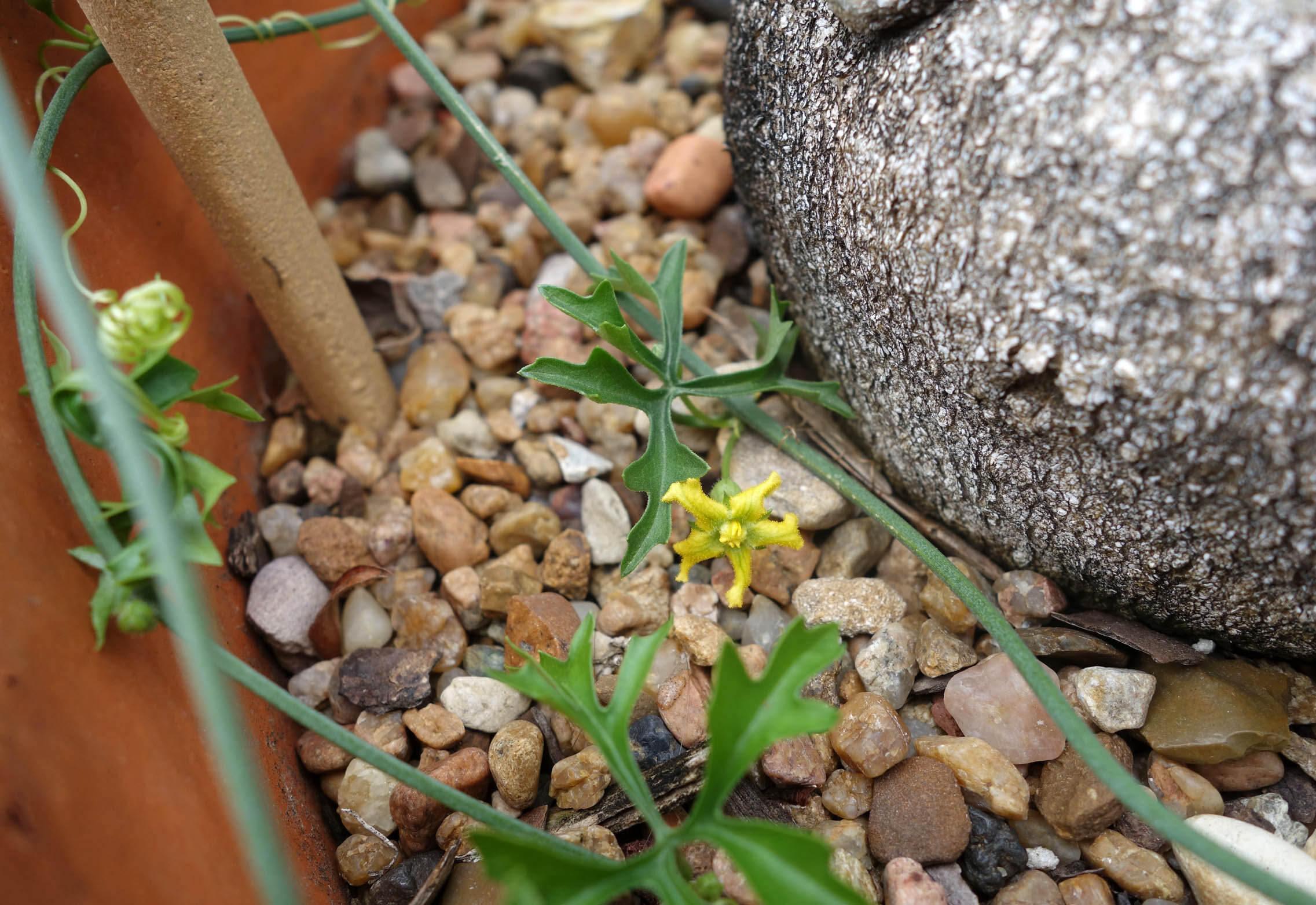
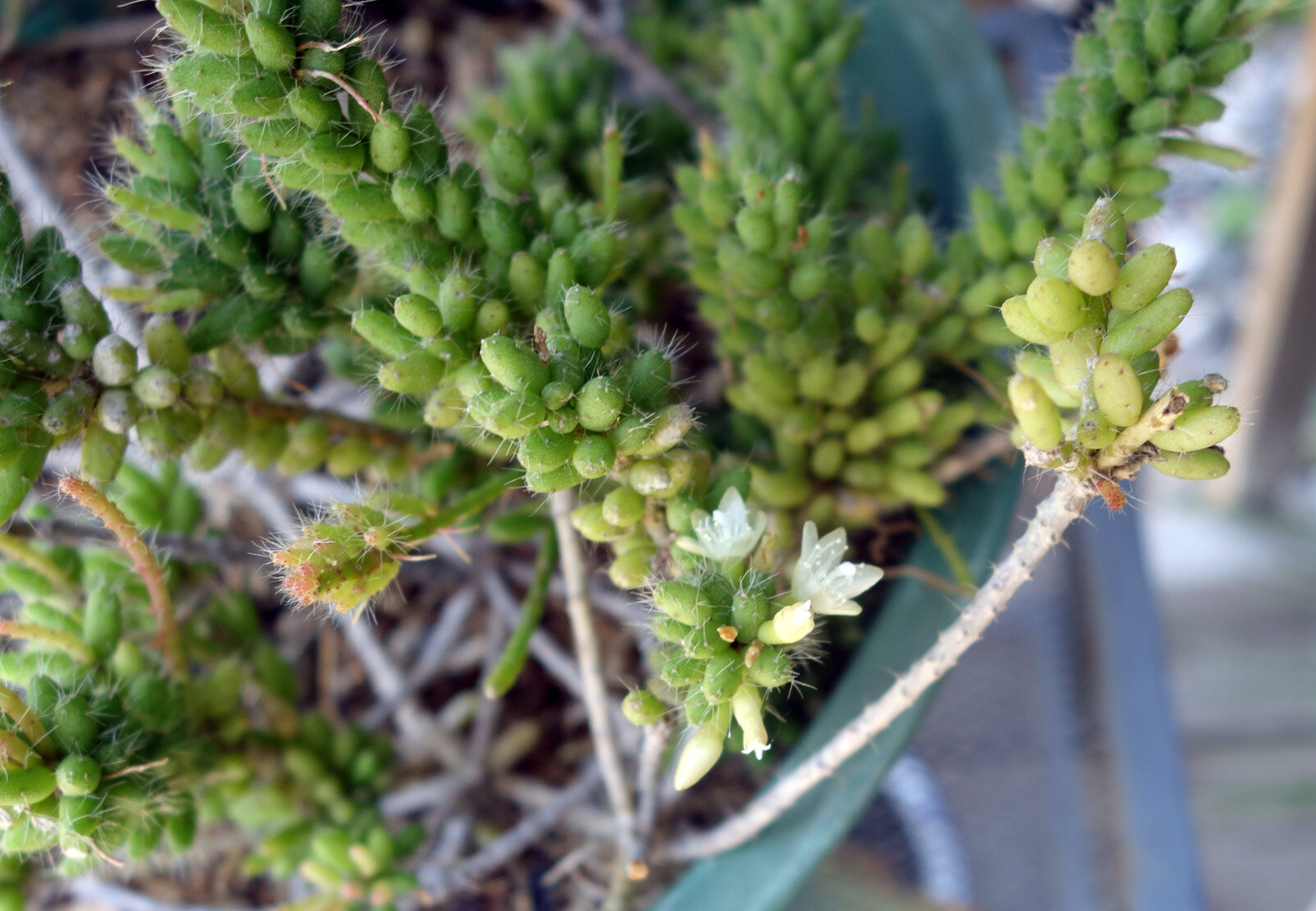
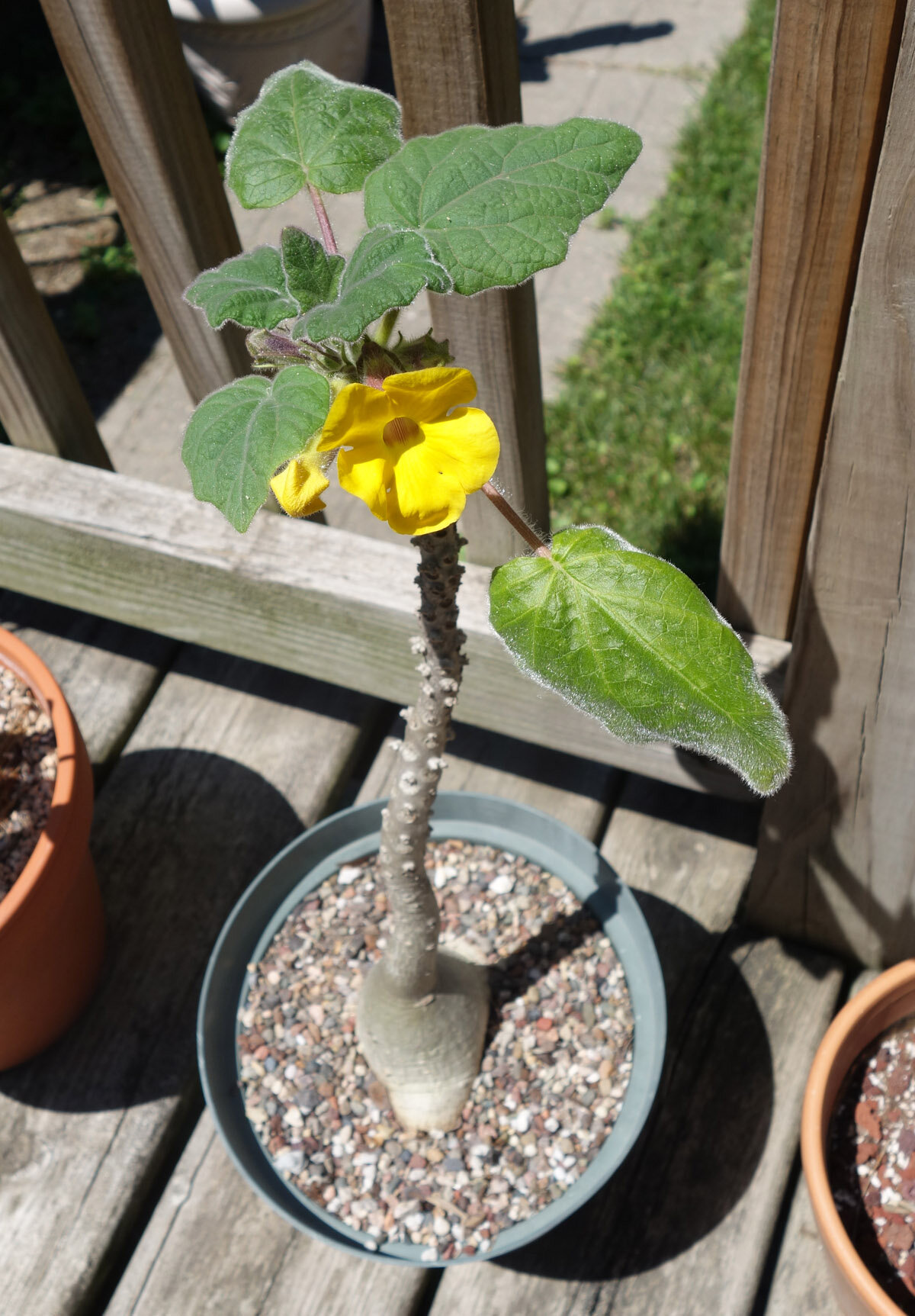
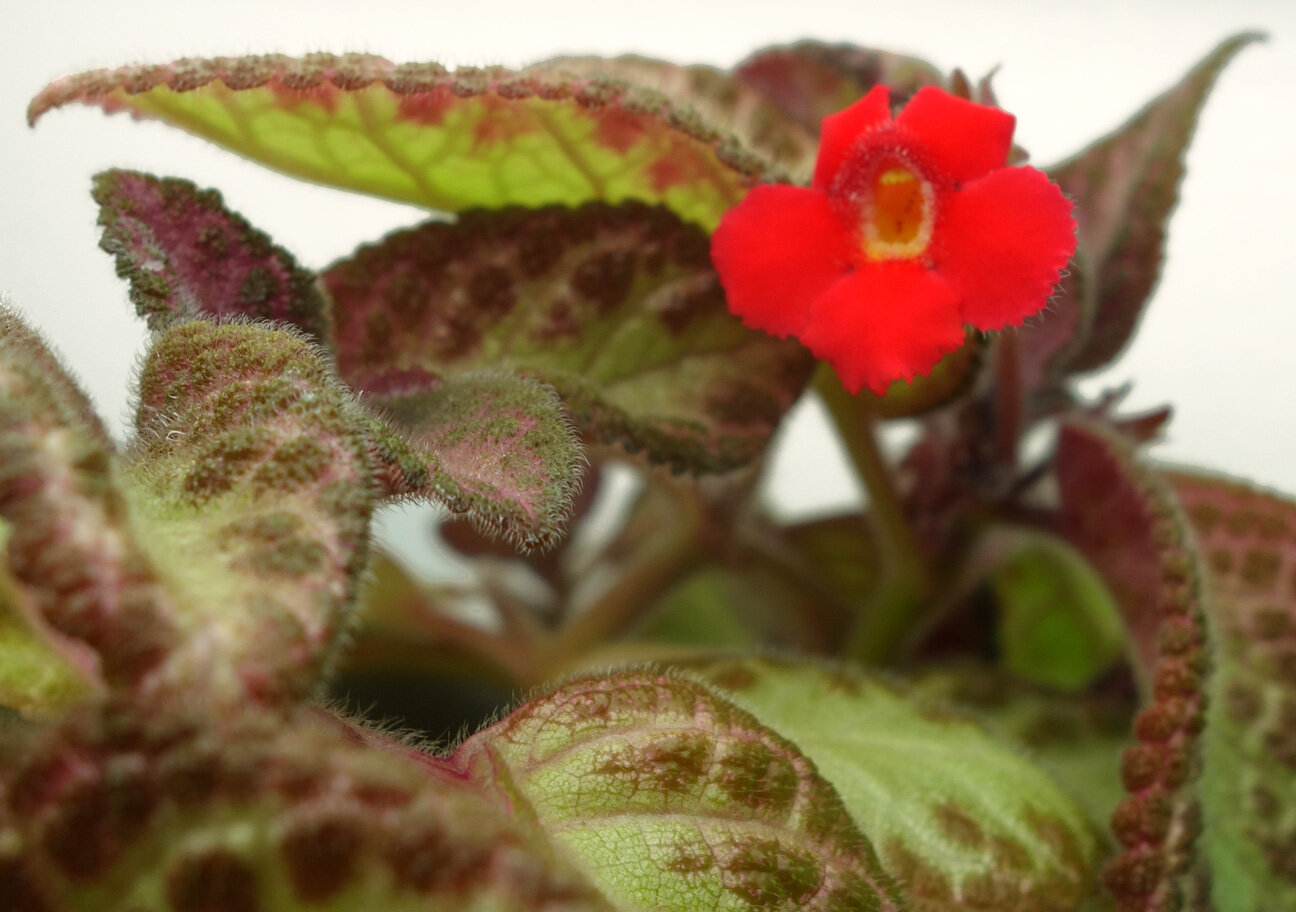
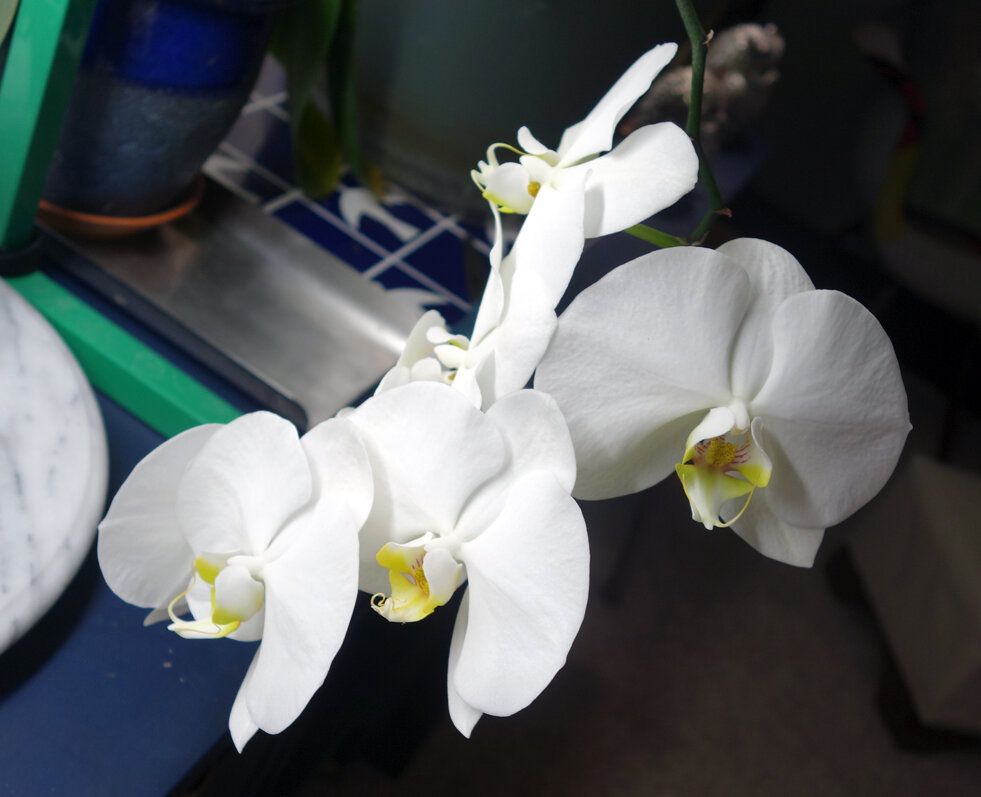
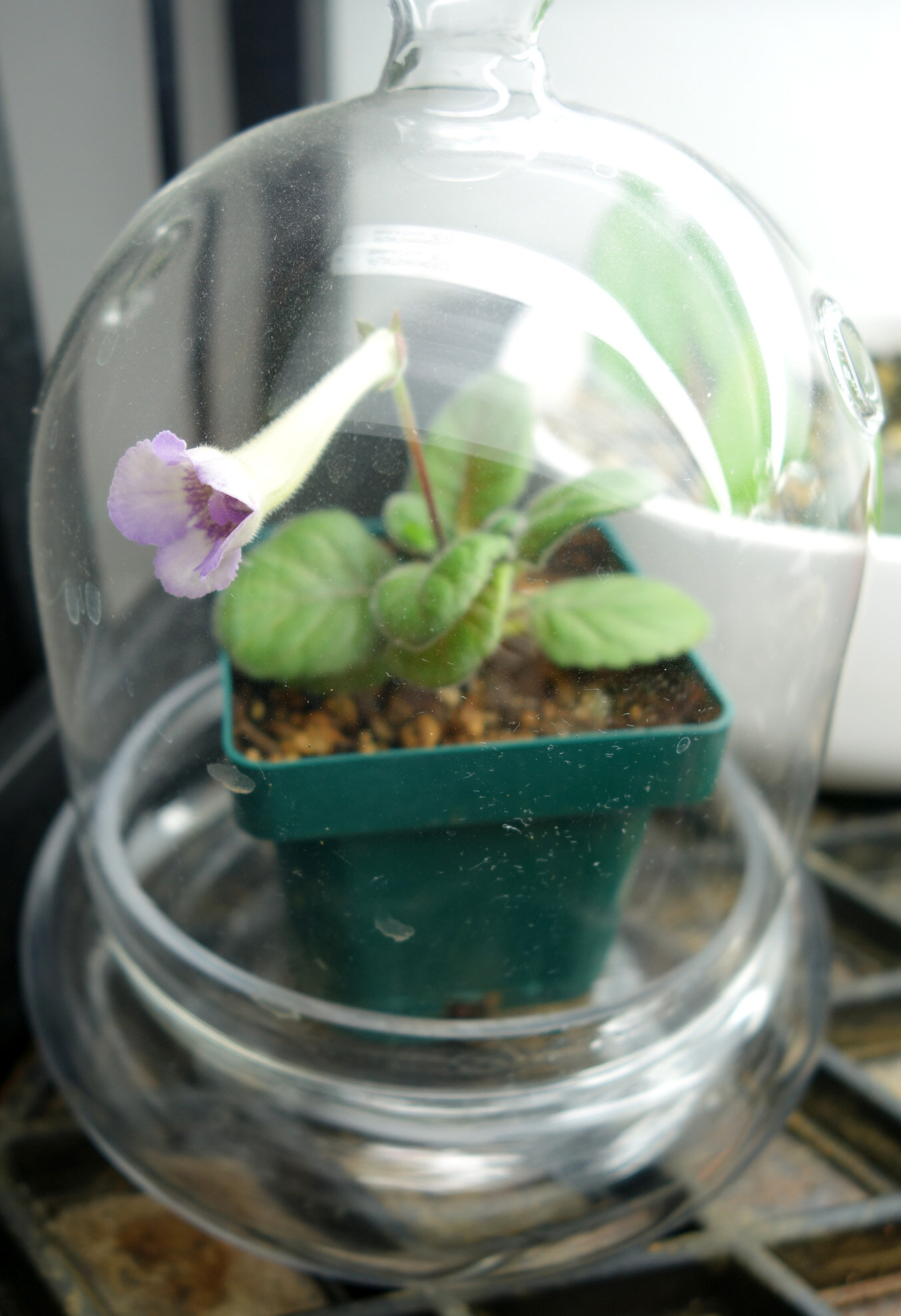
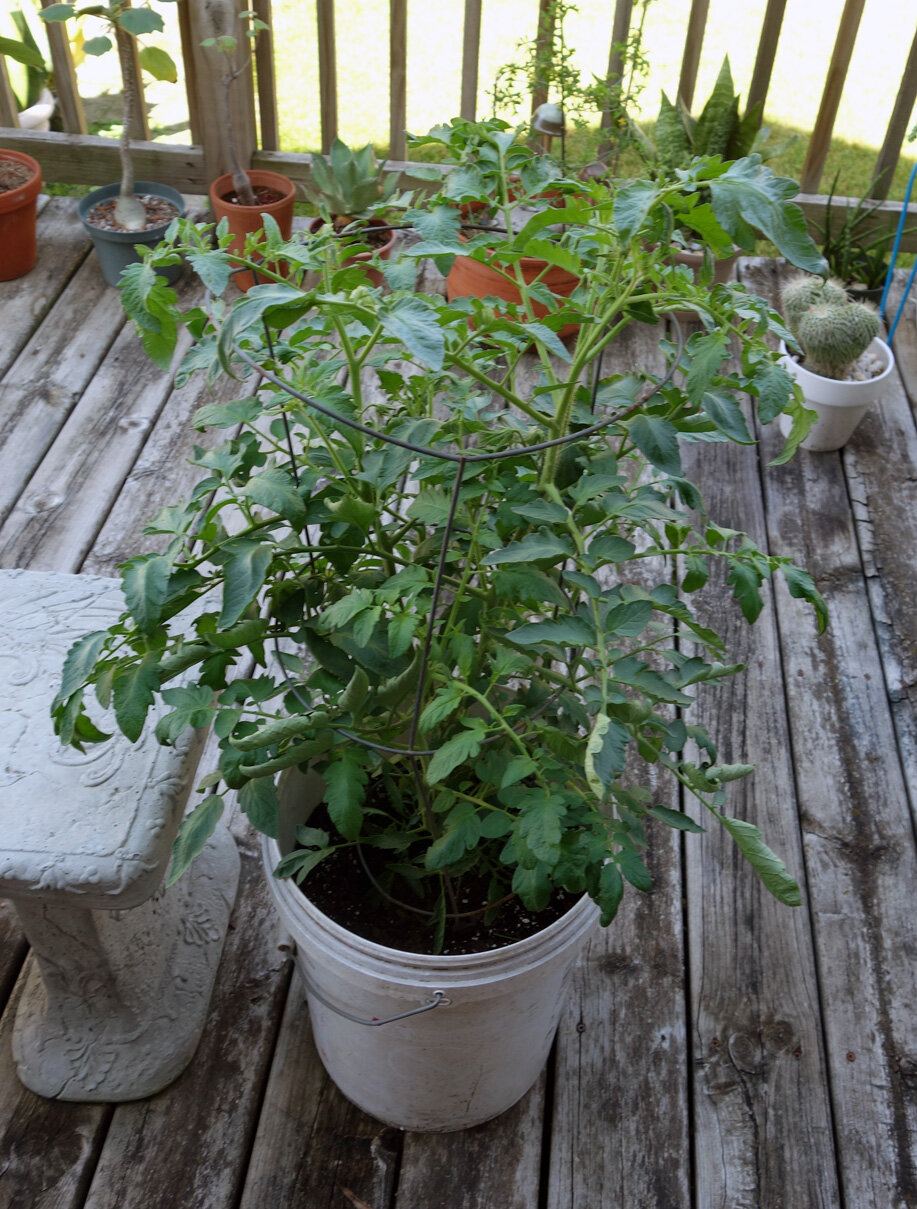
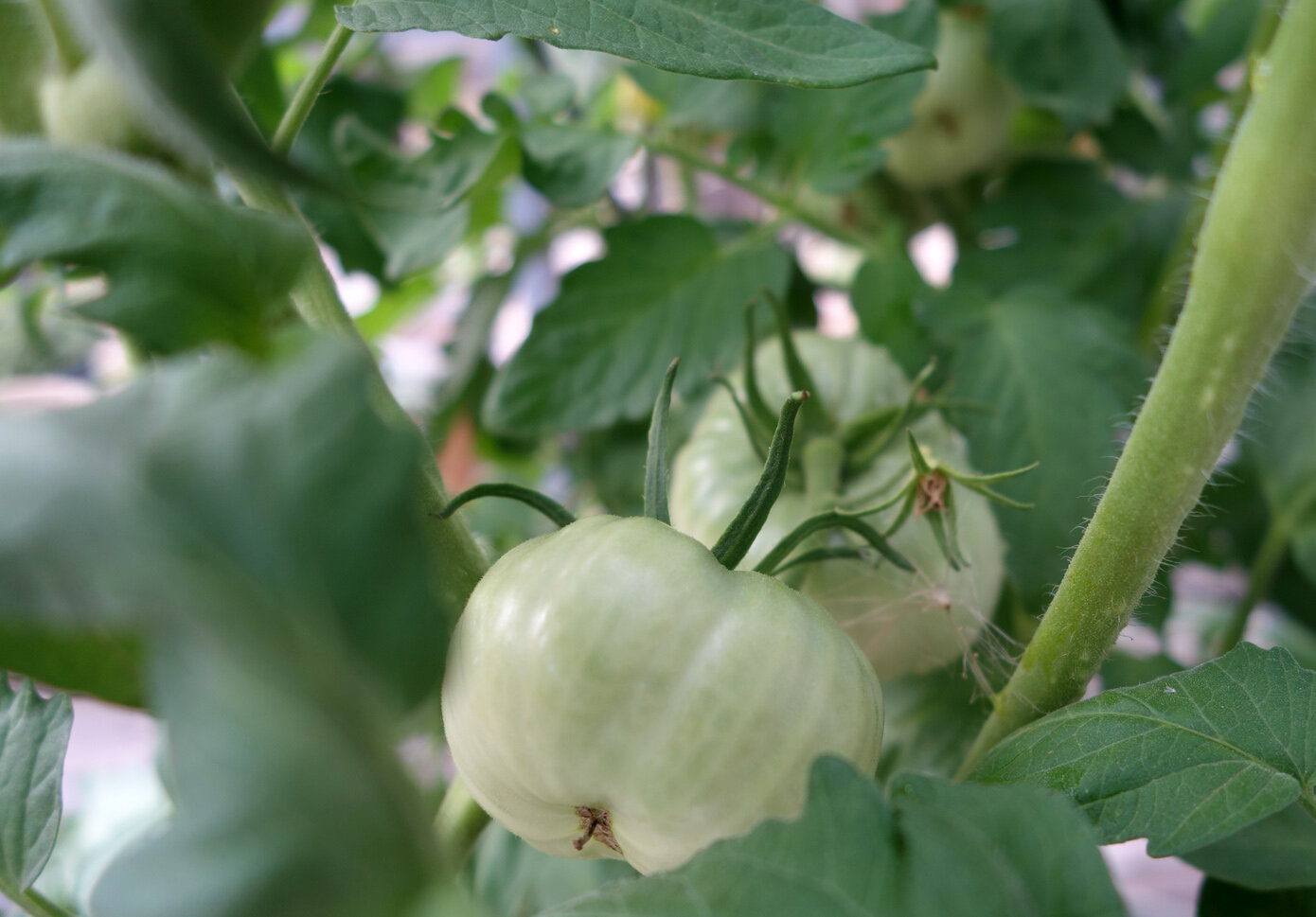
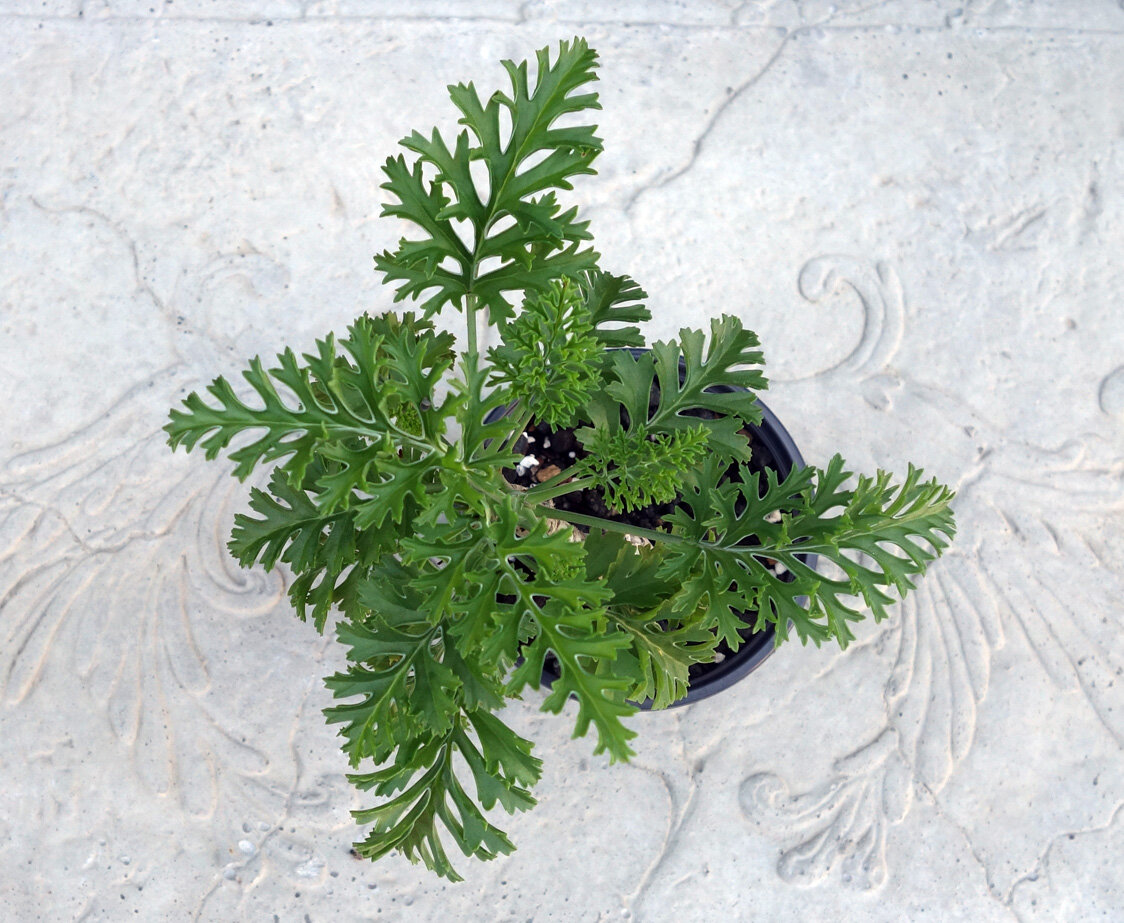

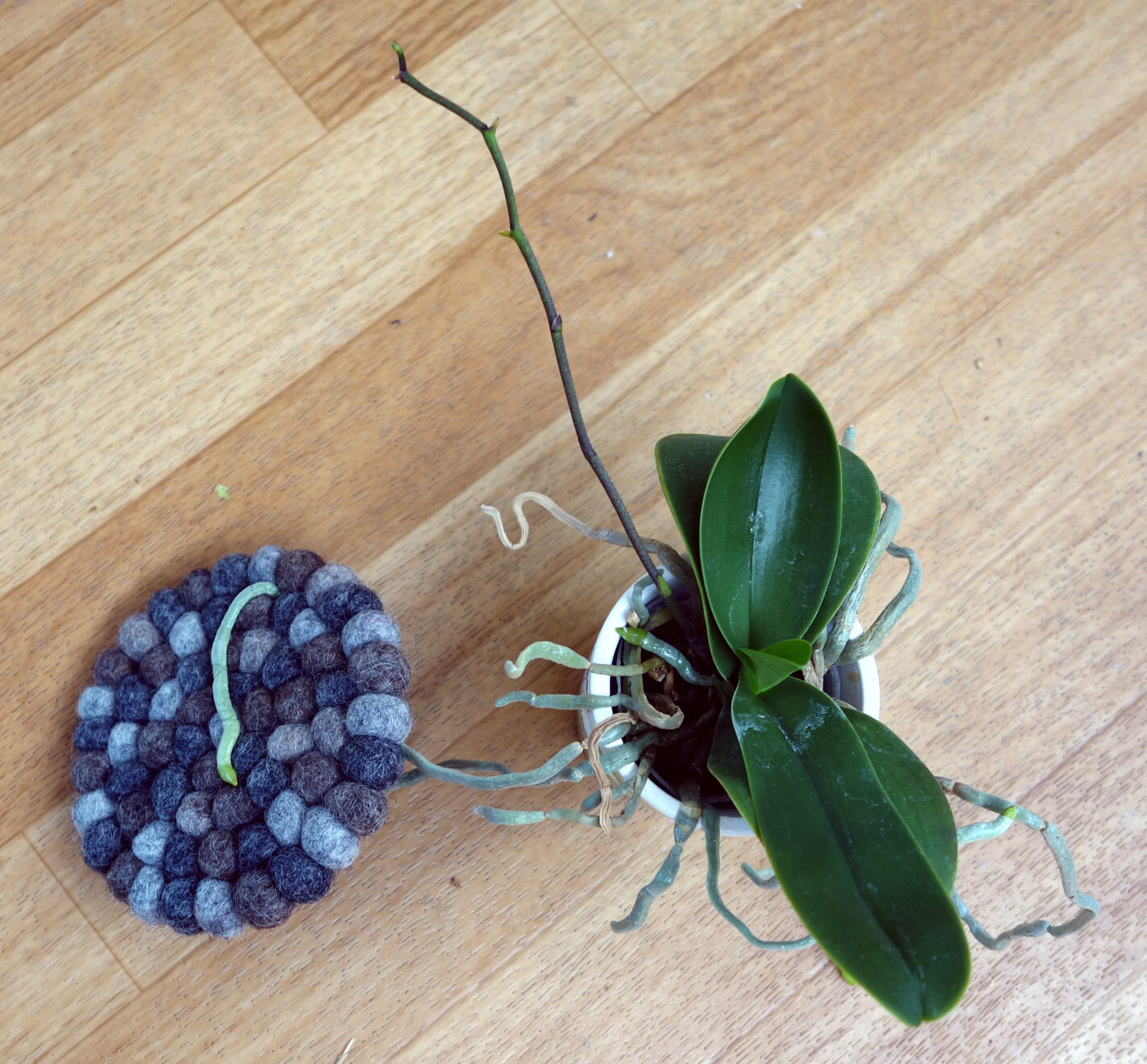
Scandals in the Houseplant Hobby
There have always been scandals in the world of houseplants. Big box stores selling dyed and painted plants, cacti and succulents with dried and dyed strawflowers glued on, injected orchid spikes (spoiler - there are no naturally blue Phalaenopsis), doomed plants in glass baubles, and glued-down top dressing are some common ones. Though more specialized nurseries tend not to commit those no-nos, many do sell tinted tillandsia and single Hoya kerrii leaves without stem cuttings that will never grow without any disclaimers. Some online sellers will purposefully mislabel or sell inert seeds or parts of a plant for propagation that will never be able to grow as well, relying on time, relative cost, and the ever-present risk inherent in attempting to grow seeds or propagate to erase any blame. And now there’s a new scandal rocking the houseplant world, the full scope is still in the process of being uncovered!
Let me first set the stage. If you, like me, have been in the houseplant hobby for decades, you might have noticed that it’s become quite the fad lately. There were (and still are!) some good online forums and blogs fifteen years ago, but recently I’ve witnessed the rise of “plantubers” aka YouTube stars who do surprisingly well discussing plants, Facebook groups, and - though I’m not that active on the platform - I’ve heard tell of Instagram plant influencers, aka plantfluencers. The rise of these various social media houseplant stars and societies has helped shape what is the must-have plant and drives demand for large swathes of new hobbyists. For whatever reason, right now monstera, philodendron, rarer pothos, and calathea are all hot commodities but the variegated and atypically colored ones are by far the most sought after. I actually don’t grow any of those types of plants aside from a small Philodendron ‘Prince of Orange’ at the moment; I had an early experience killing a calathea and have never felt called to try again, pothos to me seem common as dirt so while I don’t mind them I also don’t prioritize them, and while I like philodendrons including monstera a lot, they’re often large plants and I’d prefer to be able to have ten or twenty plants in the space where one philodendron might live. My Philodendron ‘Prince of Orange’ is a pretty plant though; its new growth comes in reddish orange and then over time it ages to a green. I think it cost either $3 or $4 because I bought it as a baby.
My Philodendron ‘Prince of Orange’ plunked behind several other plants on my outside shade table this summer.
I have joined or been added to quite a few of the Facebook plant groups over the years, and many are for buying and selling. I’ve always found most of the pricing on Facebook for plants to be overly high, so I think I’ve only purchased maybe three plants total from such listings. It turns out that even bearing that in mind, I was still apparently only in the more reasonably priced groups until a few weeks ago. At that time, I was invited to join two “plant purge” Facebook groups. The biggest is nuts, though I dislike the format and atmosphere of both. These groups structure their sales to be very small quantity buy-now-or-you-miss-it opportunities and build up excitement by dangling the most coveted plants ahead of time without prices and then “opening up” the sale hours to days later. This very intentionally is not meant to encourage calm research and reflection but rather hype, panic, and instant gratification; it’s basically gambling. People are buying individual plants for hundreds of dollars, regularly, in a flurry of adrenaline and a heady sense of exclusivity that rarely is accurate. Enter Philodendron ‘Pink Princess.’ It’s a variegated philodendron that has the same general shape, growth, size, and habit as my ‘Prince of Orange’ but it has green-base leaves with splashes of pink and sometimes cream variegation. It used to be sold for approximately the same price point as other philodendrons - typically somewhere between $6-20 per plant depending on size and store. Its explosion in popularity due to plant influencers means it now typically costs between $100-300 per plant, and that’s when you can find one at all. Pink is a very “in” coloration for the Instagram and Youtube plant crowd.
You now have the backstory. Recently a newcomer variegated philodendron arrived on the scene: Philodendron ‘Pink Congo’. (Newcomers do arrive sometimes - there are hybridizers and tissue culture cloners that introduce interesting new plants to the industry.) ‘Pink Congo’ was positioned and understood to be much like my ‘Prince of Orange’ in its growth habit but with pink leaves instead of orange. However, photos of ‘Pink Congo’ differed from ‘Prince of Orange.’ There were just dark green outer leaves and bright pink inner leaves. A few pictures appeared to show a different type of transition, where green patches started developing on some of the older pink leaves as opposed to the slow and total hue change on the entire leaf as per ‘Prince of Orange.'
From what I’ve read, people started paying $70-100 for ‘Pink Congo’ - mostly on these rabid Facebook groups but also occasionally on nursery websites, Instagram, eBay, and Etsy - and prices escalated from there. Then a knowledgeable hobbyist dropped a bomb on Facebook - the ‘Pink Congo’ was a fake and he had source material from an Indian vendor to prove it. He showed that the pink central leaf coloration was a temporary reaction to being gassed by ethylene and the plant would revert back to its standard green coloration in several months to a year or two and never grow more pink again. The base plant would typically sell in a $4-20 range.
Apparently some houseplant sellers knew it all along and were fine with it. Others didn’t, and decided to eat their own loss in having purchased the plants for resale so as not to lose credibility and trust. Many continue to sell them but added vaguely worded disclaimers that can be easily misinterpreted to give false hope. Meanwhile, a lot of buyers are upset that they dropped triple digits on temporary variegation, but some claim they don’t mind and plan to continue to buy ‘Pink Congo.’ A few have shared a belief that the scandal itself is the hoax, and that if anyone’s plant is reverting that it’s just an unstable variegation rather than a systemic fake.
And that’s the current scandal!
Wait… I did say it was still unfolding, so what’s that about? Apparently, philodendrons are not going to be the only ethylene-treated plants coming out of the import market! (Dun dun dun!) As far as I know, no one’s listed any other implicated plant varieties with specificity yet, but it’s a new ploy to be aware of across the hobby. I don’t know what other plants’ responses to being gassed with ethylene might look like, so any very unusual and new coloration might warrant a critical eye these days.
Not Everyone Experiences the World the Same Way: Counting Stars Edition
I’ve written about linguistic relativity before but here’s another perception-is-relative reference point. I was recently discussing with some friends how one of their parents has a hearing blip where a certain frequency just doesn’t register for him but he otherwise has normal hearing. I mentioned that I have the opposite problem - there was an extremely popular song a few years ago that hurts me to hear due to the repeated high-pitched screech that’s been accidentally built into the soundtrack.
I have always been confident that it’s accidental and that most people can’t hear it because it is an extremely undesirable sound. If everyone experienced the song the way I do, there’s no way it could be popular; I had to scramble to change radio stations or playlists when it came on because it’s legitimately painful to listen to. To me it sounds like an audio feedback squeal but it’s very high in pitch. If you’ve ever heard a TV set that’s on but not playing, or an elevator waiting for its doors to be unblocked, it’s in that kind of register but piercing. If not - well, I can hear if a TV is on or if someone is blocking elevator doors with their bag even though they’re certain they’re inside because those pieces of equipment do make a kind of whining noise in those circumstances… and I can also hear this horrible sound in the song. If I had to listen to the whole song and then you told me my ears were bleeding a little, I would probably believe you. I can’t think of another song I’ve heard that has this problem.
My friends obviously asked me what song this was. I couldn’t immediately recall because I spent a lot of time trying not to listen to it… but the trauma of the shriek was burned into my brain and I did hear the opening sequence a lot before managing to switch it off so I was able to remember enough preceding lyrics that I could research and ID it as OneRepublic’s Counting Stars. According to Wikipedia, this song reached billboard number two in the US, number one in a bunch of countries, and is the 14th most played video on YouTube as of a few months ago. People in general really like this song.
As would presumably be expected, my friends then listened to it themselves and couldn’t hear it. I wanted to see if I could find any substantiation of my issue with it online for them - and I did! Though as expected, only from a very small minority of people relative to those who’ve been exposed to the song. I don’t know if you’ll find any of this as funny as I did since of course odds are you can’t hear the problem either, but I am amused to have found my people and thought I’d share:
Here’s a Reddit thread about the issue, with timestamps about when it occurs. (A couple responders can’t hear it but don’t recognize that, and so their answers are about normal audio effects. Communication problems do crop up with relativity studies.) Another Reddit user lists it as a ruined song, which I wholeheartedly agree with.
Here’s an upset-yet-supportive Amazon review.
Here’s a Twitter thread with the band. (Again, since they can’t hear it, they think people are talking about different sounds which results in a fair amount of confused and inaccurate cross-talk.)
Here’s an edited version of the song that removes the problem, with hilarious comments supporting the change.
Kudos to both the listeners who white-knuckled their way through the song to timestamp it and the editors who then invested time into removing the sounds from the song (there’s more than one edit out there as I guess several people independently wanted to fix it!). I also thought it interesting that most people are describing it as a “squeak,” as to me that’s too diminutive a label for its sharp intensity and implies additional variance in how it’s heard even by those who do hear it. I side with one commenter who instead described it as an “ice pick to the brain.”
One of my friends did follow up to share that upon listening at 25% speed - YouTube offers that option! - she could discern it and found it annoying. So if you want to potentially ruin the song for yourself, you can give that a try.
I wonder what other experiences set each one of us apart from the crowd - both the ones we’ve sussed out and the ones we might never recognize.
Biking the Adams Homestead & Nature Preserve
The COVID-19 pandemic shut gyms down and canceled artist residencies, so I’ve been attempting to combine alternatives for both by visiting the Adams Homestead & Nature Preserve! It’s located in South Dakota, but given that I live on the tri-state border it’s only about twenty minutes away. There’s a beautiful gravel trail with two joined loops - the River Loop is longer and is a prairie/farmland/forest ride with peeks at the Missouri River, and then the Lake Loop is shorter and combines prairie and beautiful shallow wetlands. Connecting the two is Cottonwood Crossing, which is also prairie/forest but seems to be the prime deer-spotting segment as well.
I’m still in the planning and reference imagery gathering phase, but it’s been a great time. Though I need to find a better way to deter the biting flies that have recently appeared…
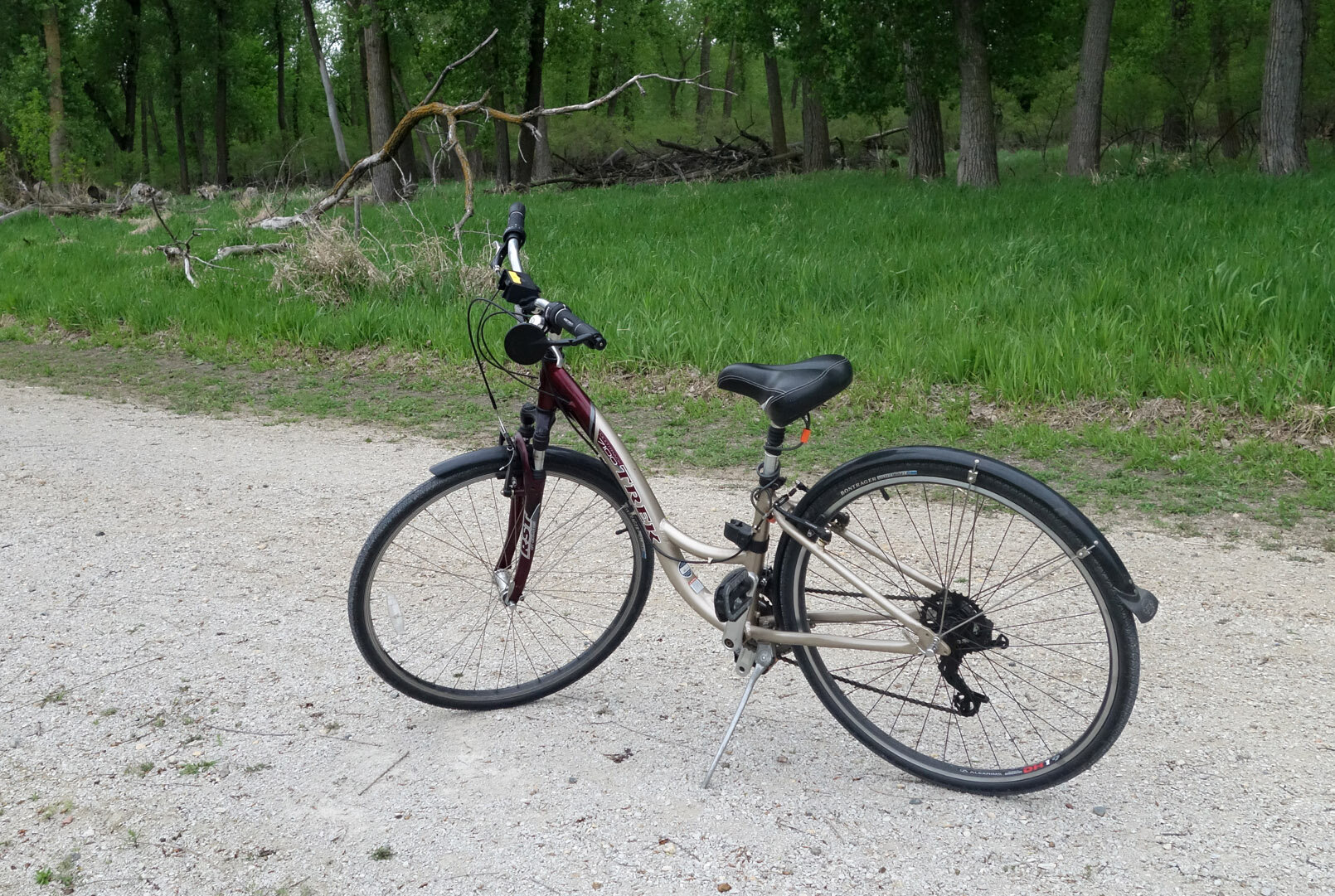
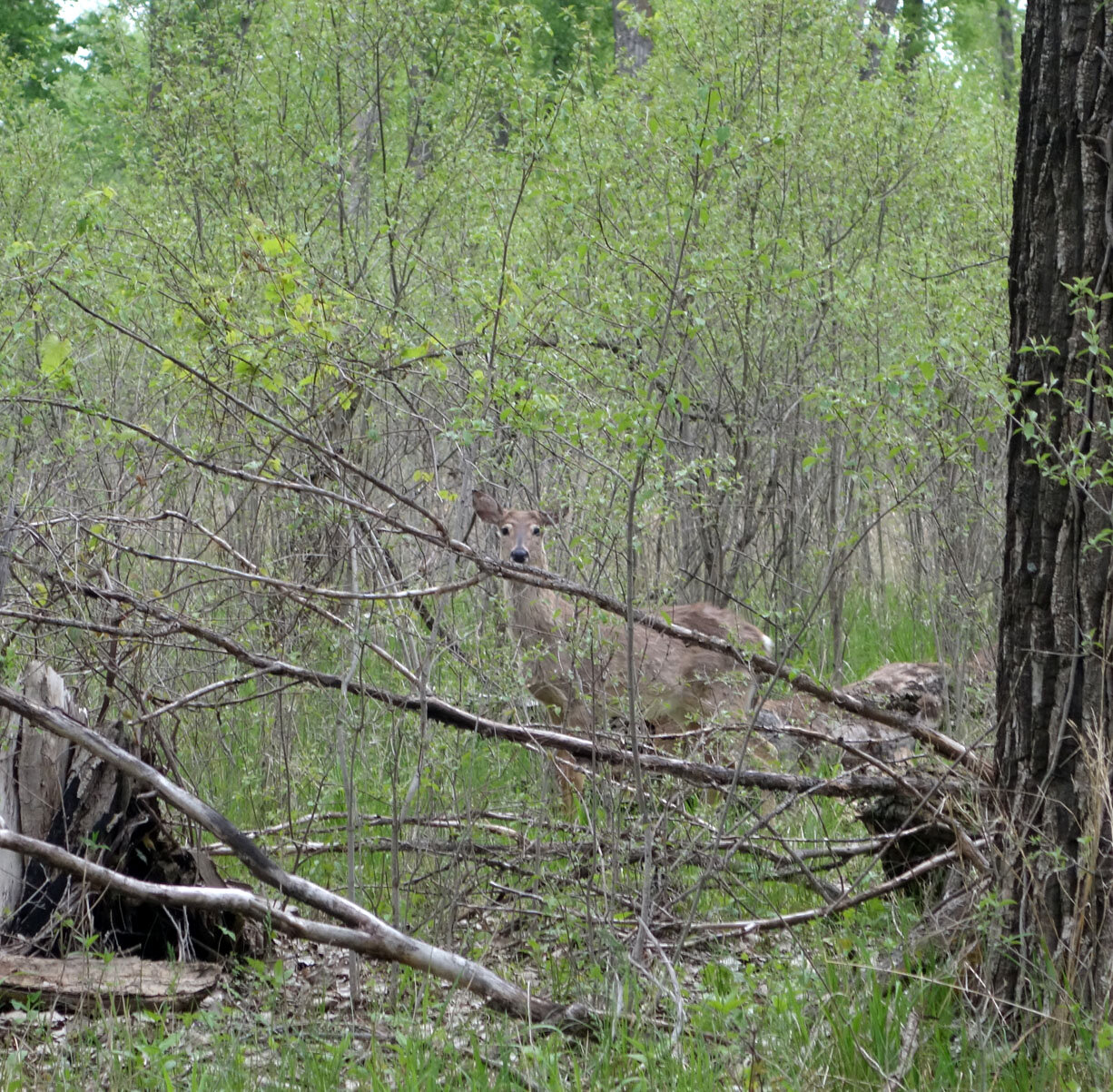
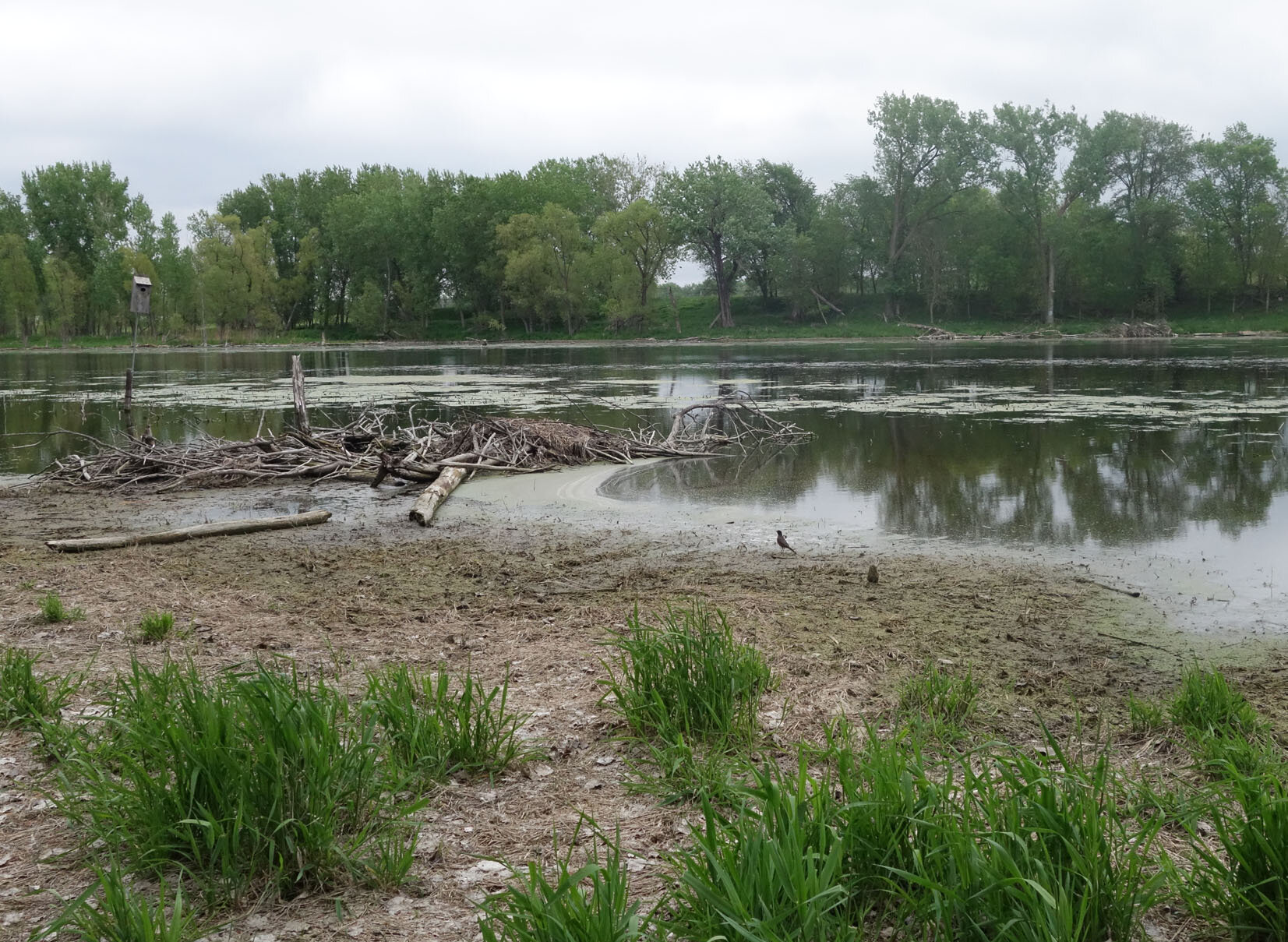
Ashlar the Adorable
I haven’t updated you on my pet gargoyle gecko Ashlar in a while - she’s doing very well, and has even redecorated her cage recently by moving the vine supports around!
Eating an Ethical Diet
I’ve been a vegetarian for ethical reasons for over twenty years, and my artwork and writings about my pieces address issues including animal rights, ethics, conservation, and ecological balance. The COVID-19 pandemic is a direct result of our generally poor relationship with meat consumption, including that of endangered wildlife. Now due to meatpacking plants, the city that I live in has topped a variety of coronavirus tracking charts in terms of spread, density, and duration. Iowa is mass torturing and slaughtering pigs as a result of the pandemic’s disruption of the processing and supply chain. Eating meat increases global warming, obesity rates, and an acceptance of cruelty and superiority that can’t help but seep into other parts of our lives.
Here’s a great Op-Ed in the New York Times that goes into more detail on all of my above points. I support eating an ethical diet and believe we need real reform in this arena as well.
Black Lives Matter
Here in the US, there have been massive protests against racism and police brutality; these have spawned global support and protests in cities around the world. I support the Black Lives Matter movement. Earlier this week I donated to the American Civil Liberties Union (more commonly referred to by its abbreviation ACLU) to support their work in suing the government and police on behalf of protesters and victims of police brutality and injustice. We need substantive reform.
Here’s a link to the ACLU donation page if you also feel called to support them!
New Artwork: Emerging
An overhead shot of a Humphrey in the garden.
Since I don’t get to do an artist residency this summer due to the pandemic, I’m planning on producing from home! Sioux City is rabbit central - the Eastern cottontail, to be specific. Sometimes on neighborhood walks here I see just as many rabbits as I do squirrels. In my former town of Leavenworth, seeing a rabbit was notable and relatively rare. Earlier this spring, I noticed a juvenile rabbit made a home partially in my backyard (he also hops through the fence to my neighbors’ garden as well).
I named him Humphrey and began to try to acclimate him to my presence, so that I could take some nice reference photos for paintings. I talked about him to family and friends, and at one point joked with my parents that I supposed there might be several rabbits all being called Humphrey… and wouldn’t you know it, the very next day I saw two simultaneously! Since I can’t really distinguish them individually, giving them more names seemed unhelpful, so they’re now the Humphreys, plural. It appears there’s a nest/burrow under my deck, and I have now seen three Humphreys at the same time so there are at least that many but probably more. There do appear to be two different sizes of Humphrey, both juvenile but one small and one even tinier. My neighbor says she’s seen the parents, but I don’t know if I have; I’ve not seen an adult rabbit in my backyard at all this spring but I have seen one in my front yard once. And again, rabbits are ubiquitous here.
I plan to do several rabbit paintings, but here’s the first! It’s tentatively titled Emerging, though the title Under the Deck is also in consideration. It’s a 16x12x1.5” acrylic on basswood panel.
Sansevieria Has Been Subsumed!
I know we’ve had a lot of craziness of late, but I have another world-altering piece of information for you plant lovers out there who haven’t heard about it yet, so get ready: the genus Sansevieria has been contested for years and it has now been subsumed into Dracaena. Officially, taxonomically, there is no more Sansevieria! Below are a few images of some of my (formerly Sansevieria) species and and flowers if you need a visual aid. They’re colloquially called “snake plants” and “mother-in-law’s tongue.”
In my houseplant-growing years, I’ve been aware of plants switching genera before, but all of those switches only affected a small amount of plants and were relatively easy to swallow. Gloxinia speciosa and Rechsteineria leuchotricha both moving to the genus Sinningia, Philodendron bipinnatifidum changing to Thaumatophyllum bipinnatifidum, Cotyledon splitting into at least five different genera, and so on.
This switch, though, affects over seventy species that have visual and habit-related signifiers that seem to more narrowly identify them as a subgroup within their new genus compared to the rest of the Dracaena species that are typically grown as houseplants, so I don’t even know if I want to start calling them by their new taxonomic names!
For me and perhaps for most serious houseplant keepers, this is going to be much more of a challenge than Pluto’s downgrade to dwarf planet.
Approaching the End of the Semester
Well, finals begin at the end of next week for Spring 2020 here at Morningside College! It’s been a lot of work converting in-person classes to online - I spent several hours finding public domain imagery of skeletons and nude models for my figure drawing class, as just one example - but we’re making it through!
Here’s our first fully virtual senior show of the season, courtesy of our skilled student Riley Custer:
And here are some more photos from my walks around Sioux City over the past couple weeks, including a surprising and somewhat misguided street donut offering:
Pandemic Productivity
Well, the world’s been upended. As a professor, this is the first time I’ve attempted to teach online coursework, and obviously the circumstances - these courses were not designed with online in mind, ISP overloads are causing even my own mid-tier home internet to no longer be able to stream high-quality video between the hours of 7am-2am, students have other demands on their time like familial support and sharing devices and spaces - are sub-optimal for sure. The courses I’ve been teaching this semester include Figure Drawing (no live model anymore and no ability to give rapid critiques on what is the hardest technical subject matter, but at least they can do self-portraits and use public domain imagery), Painting I (honestly, not so bad especially since we had a little over eight weeks in person to lay the groundwork), and Senior Art Seminar (I am mourning the loss of accessible senior thesis shows and receptions but am intrigued about how a virtual exhibition could be executed), as well as overseeing internships. We’re all just trying to cope as best we can with these new circumstances, but from the conversations I’ve been having with students I think we’re all chomping at the bit to be able to return once it’s safe to do so. When that will be, though, is still the big unknown.
I know that I am very lucky in that overall I still have my job and am not currently in financial crisis like millions of others due to this pandemic. The quarantining has nevertheless overhauled my personal life, too, beyond the obvious lack of professional and social gatherings. I really enjoy exercising, but more than that, I also need it - when I’m too sedentary, my back weakens to the point that it then goes out. What seems to work best for back maintenance is regular, long, and fairly high-intensity cardio. However, my knees are not able to cope with high-impact exercise. This means that ellipticals are my favorite workout, followed by swimming and riding stationary bikes. (I’m a gym devotee not only due to the access to low-impact forms of exercise but because I really appreciate climate control when I’m exercising - I sweat a lot even in air conditioned spaces. I also like the ability to watch cable television on their machines since I don’t have cable at home!). Because I can’t do any of my gym workouts, I have been alternating long walks around the neighborhood and riding my bicycle in laps around a nearby elementary school parking lot.
I try to stay out for at least 30 minutes each time, but especially on the walks I aim for an hour since I’m not getting high-intensity exercise from them. I haven’t ridden a real bike (as opposed to a stationary bike) in such a long time that I’m basically relearning how to do so and am not great at controlling it yet, but I’m already improving a little! The neighborhood walks have been both interesting and a bit scary - I was attacked by a loose and very territorially aggressive dog a couple days ago but luckily I wasn’t bitten. I have discovered that Sioux City is not the most walkable place due to a lack of sidewalks and crosswalks on some major streets (Gordon Drive, I’m looking at you). A lot of people also block their driveway sidewalks with vehicles. Furthermore, the weather has not been particularly conducive to outdoor exercise. We had a blizzard that knocked the power out for several hours a week ago, and today I was awoken by the sound of hail and whistling wind. It’s also been quite rainy, which is fairly normal for March but does put a damper (see what I did there?) on being outdoors. But needs must! Here are a few coronavirus door signs I documented on my neighborhood walks.
Since I’m still working (and doing so in a different way that was unplanned-for), I have less free time than one might anticipate. Between work, needing to exercise more frequently since the intensity is lowered, and cooking all of my meals, I’m staying fairly busy. I also have a list of chores I’ve been slowly tackling (filing my taxes are next on the list). But everyone needs some form of fun, and I’ve been feeling just a little too stressed to want to begin a new professional piece - though I hope to begin that soon! So instead, I’ve been making a few ceramics. For professional development, I was sitting in on a section of Ceramics I this semester because it was the one discipline I knew barely anything about, and that seemed like a deficit that especially since I also serve as Art Department Head I wanted to address. I learned some about wheel-throwing (there’s much more there than I’ve mastered as of now, but maybe some day!), and a little about glazing. About six or seven weeks in, I gathered that you can add chunks of rust (aka iron oxide) into the clay and they will add value and texture. What values and textures are TBD each time, though, based on firing and other variables - the iron oxide will likely melt in high-fire temperatures and that can cause cavities and vertical runs! That really captivated me - I think because A) I love color, B) I love nature-based chaos as a compositional wild card, and C) I love the conceptual power of rust. It also opened up the world of additives in general, and I decided to attempt experimenting with adding mica pieces, dried clay bits, and potentially other media like vermiculite too.
Obviously the pandemic has disrupted my ceramics progress, but it hasn’t halted it. I’ve been slowly but steadily making pinch pots at home as a low-pressure creative outlet and form of fun. Here are a few images of some of my current experiments. I won’t see how any of these pieces actually turn out until they’ve been through bisque-firing and then glazing, so probably at this point we’re looking at the fall, but it’s something nice to work on nevertheless!
Gallery 110's Subversive Celebration: International Altered Card Exhibition
I’m participating in the Subversive Celebration: International Altered Card Exhibition at Gallery 110 in the Warren M. Lee Center of Fine Arts at the University of South Dakota, organized by artist Klaire A. Lockheart!
The show will be up from March 4-27, 2020, with an opening reception will be on March 4 from 5-7 pm. The gallery is located at 414 Clark Street, Vermillion, South Dakota 57069. An online gallery will be available through www.klairelockheart.com.
Ashlar and a Blooming Sinningia Cardinalis
Here are a couple recent photos from fauna and flora in my life!
BROTA and Buenos Aires Series "Gardens of Memory" Wabi-Sabi
I know, I know… I made so much new work on this past summer’s BROTA residency in the Buenos Aires Botanical Garden that I still haven’t posted it all online yet - so here’s another reveal!
This piece is titled Wabi-Sabi because I think it’s reminiscent of Japanese wabi-sabi aesthetics. It is a mixed media piece including a NOID dried leaf collected from the Buenos Aires Botanical Garden, methylcellulose and toner photographic transfer, and matte medium on artisanal handmade paper, 14x11”, 2019.
I'm a 2020 Mary Blair Award for Art Finalist!
I was selected as one of three Mary Blair Award for Art Finalists for this year’s Reed Magazine competition, which had a record-breaking number of applications! My work and a short artist profile will be published in Reed Magazine’s upcoming Issue 153. This well-known annual publication is “the oldest literary journal based west of the Mississippi!”
I look forward to learning who the ultimate winner of the award was and seeing my work in print!
A Few Interesting Plant and Fungus Articles
Here are a few articles I’ve read recently that are interesting:
How Do You Save an Endangered Tree from Extinction When You Can’t Save Its Seeds?
Marine Fungi Are Totally Badass
After This Fungus Turns Ants Into Zombies, Their Bodies Explode

